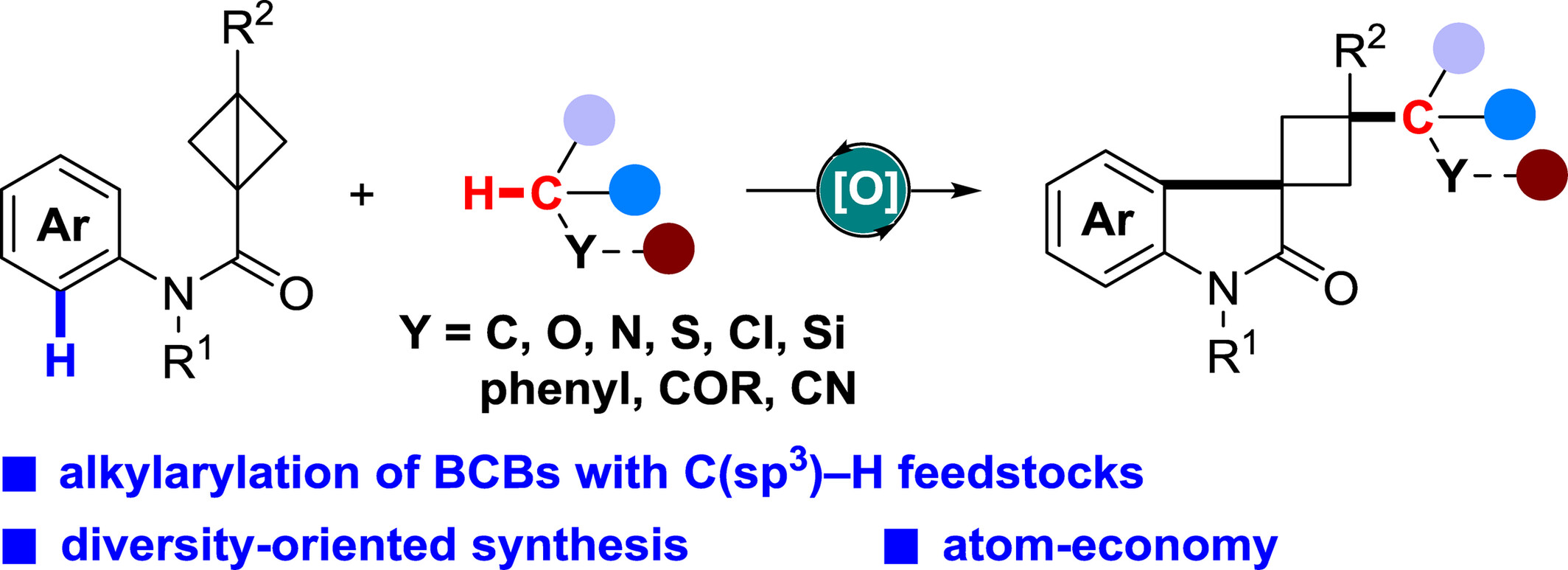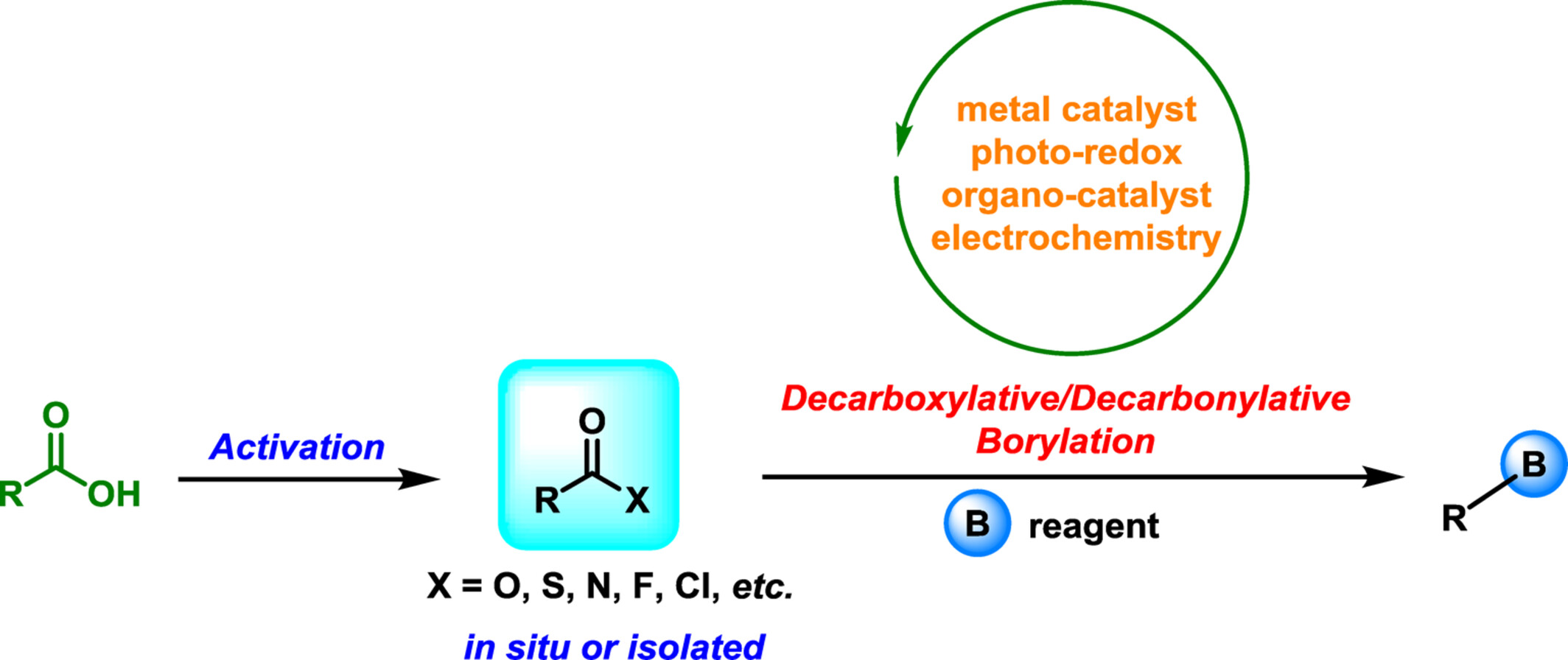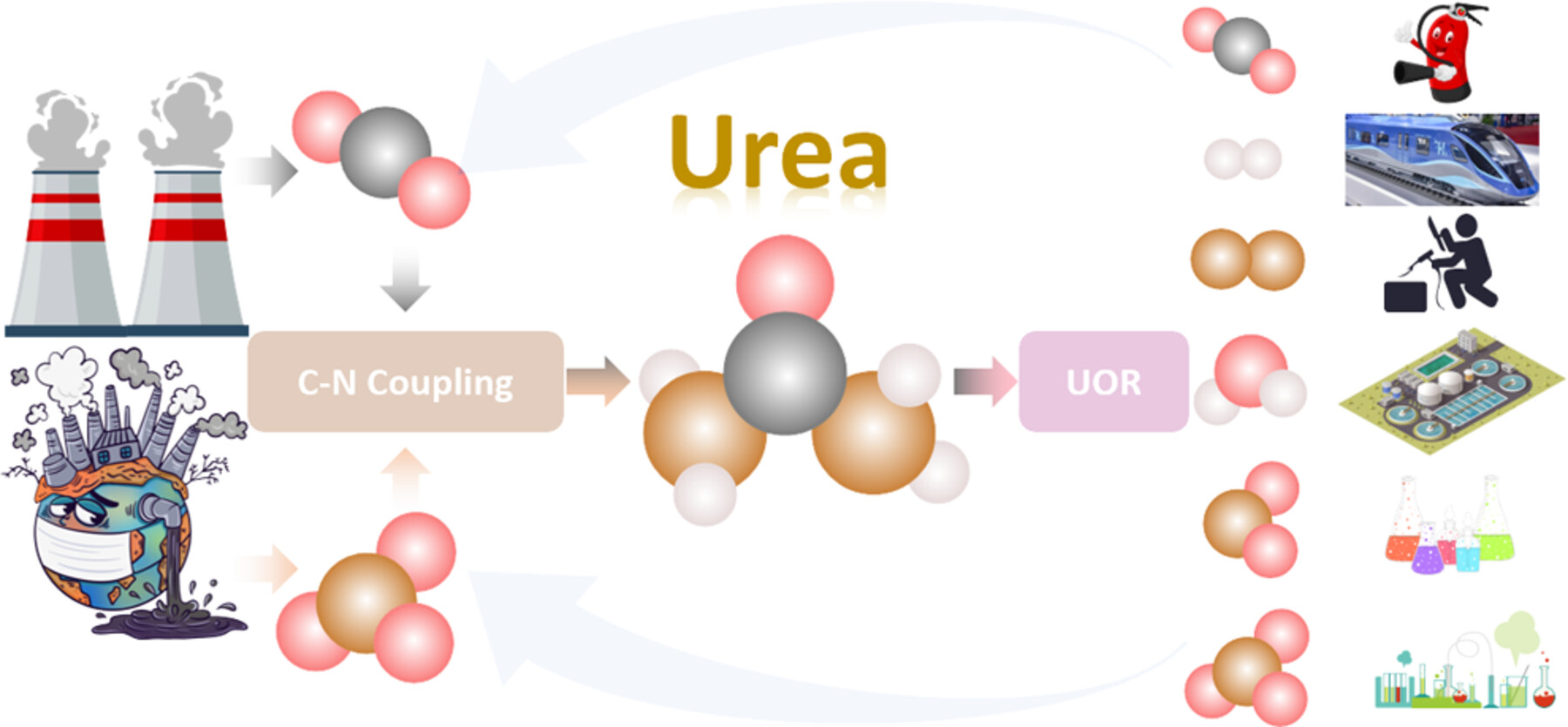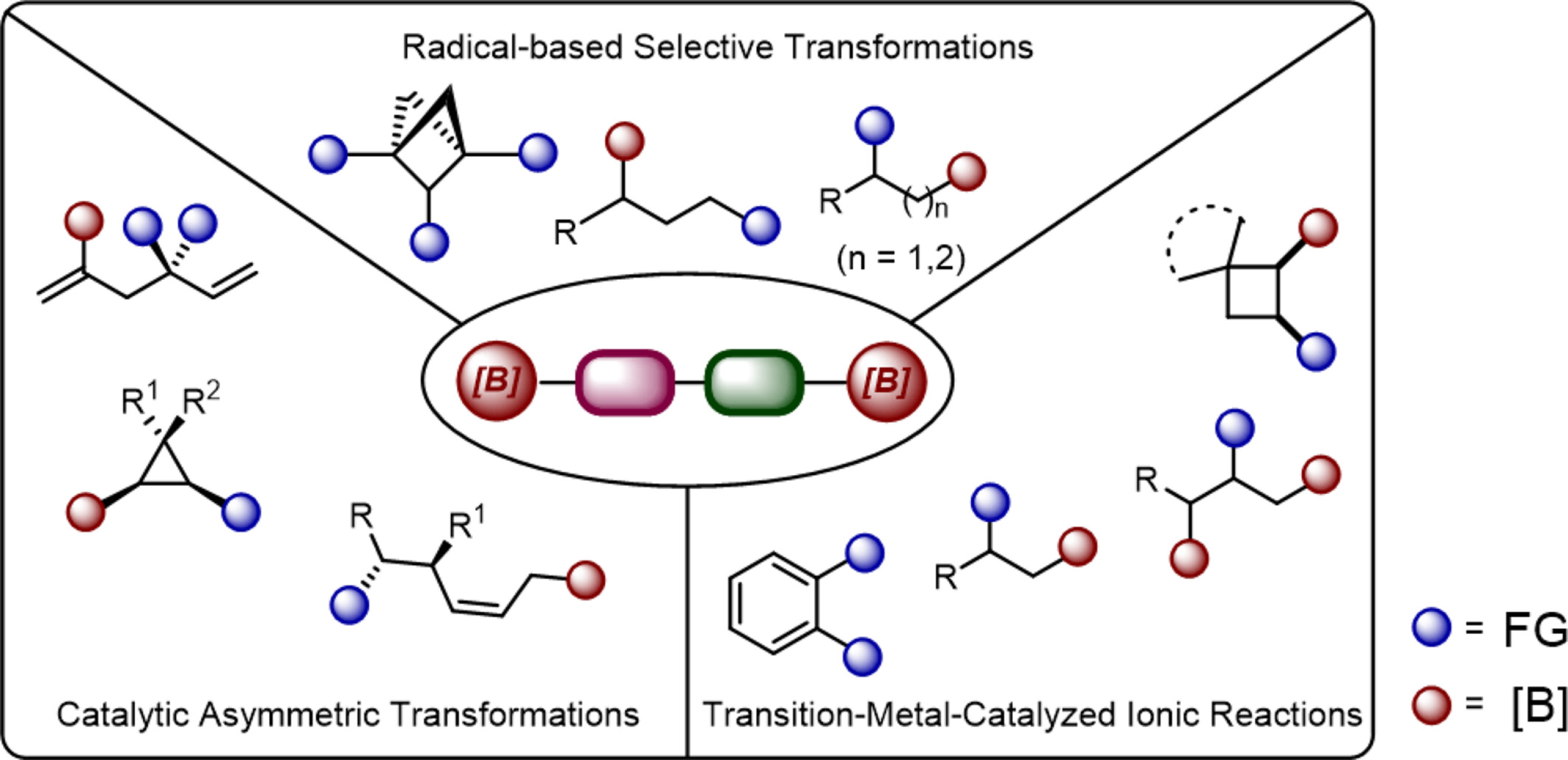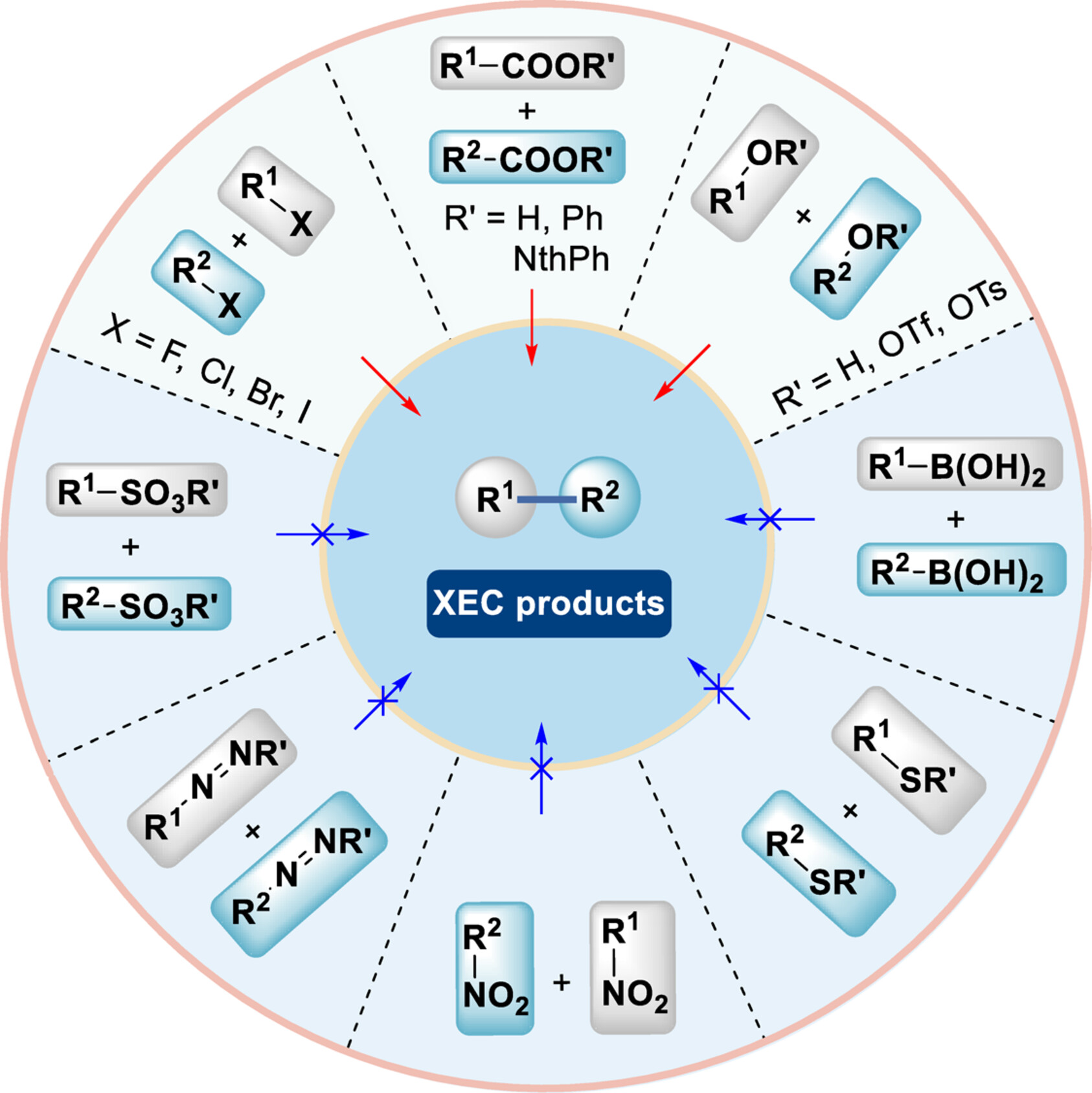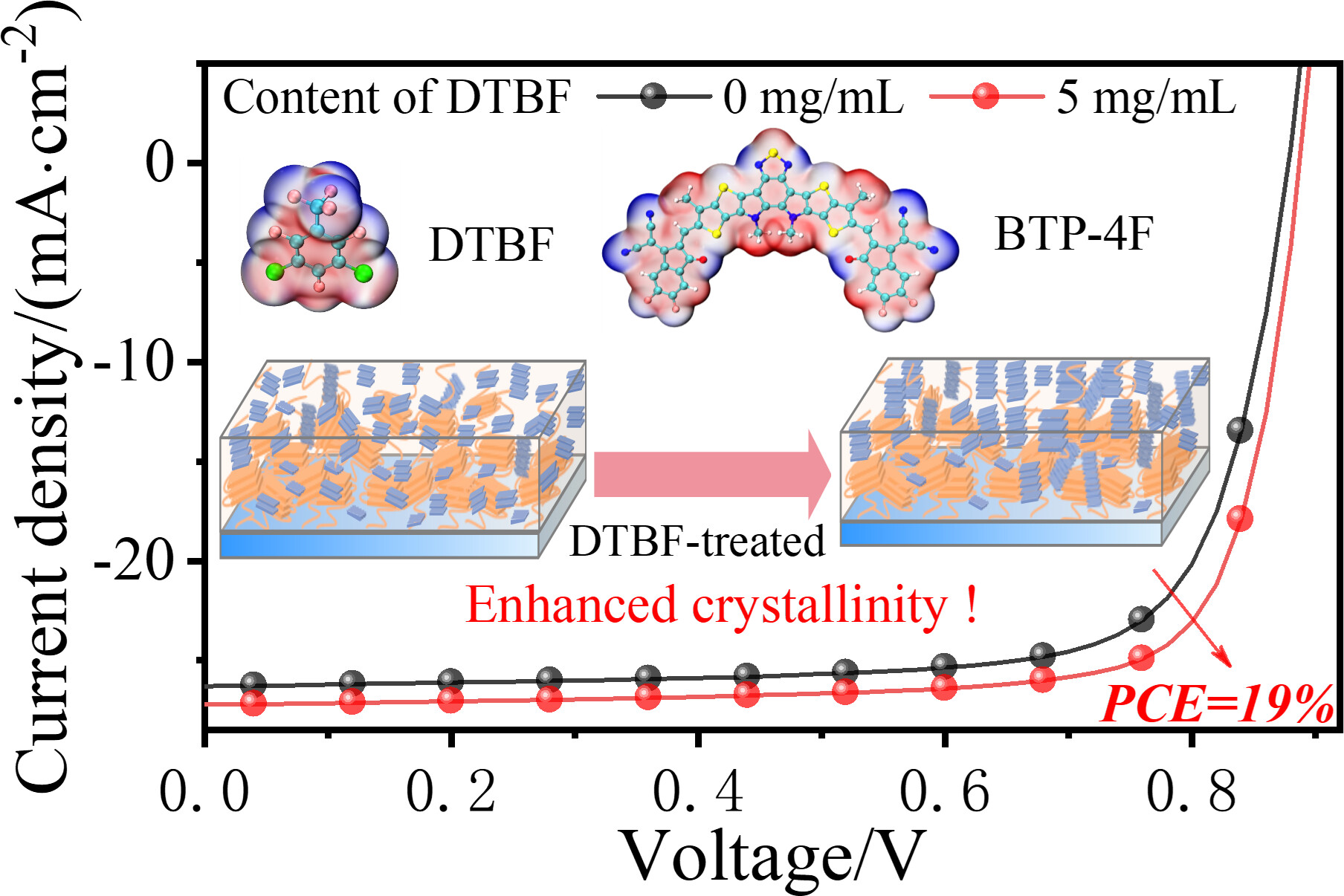Journal list menu
Export Citations
Download PDFs
Cover Picture
Cover Picture
- Page: 3173
- First Published: 15 November 2024
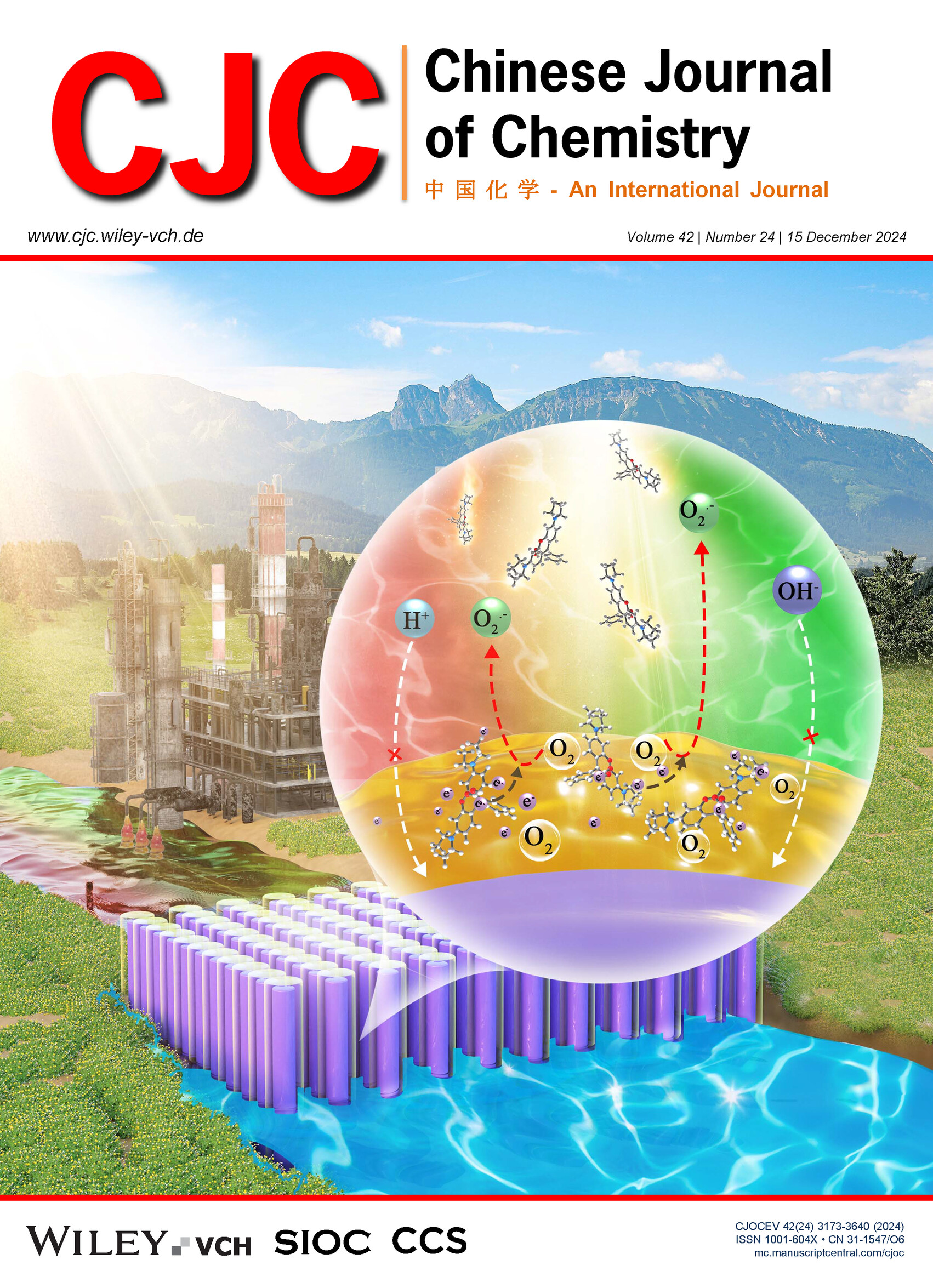
The diversity of water pH values is a key factor that restricts the practical application of photocatalytic water purification. The construction of liquid (water)–liquid (oil)–solid (semiconductor) (L–L–S) triphase interface microenvironment makes the organic molecule adsorption pH independent and prevents the semiconductor from being corroded by strong acidic/alkaline solutions, leading to a stable and efficient photocatalytic reaction over a wide pH range (1–14). These findings reveal a promising path for the development of high-performance catalysis systems applicable in complex water environments. More details are discussed in the article by Feng et al. on pages 3349—3354.
Inside Cover Picture
Inside Cover Picture
- Page: 3174
- First Published: 15 November 2024
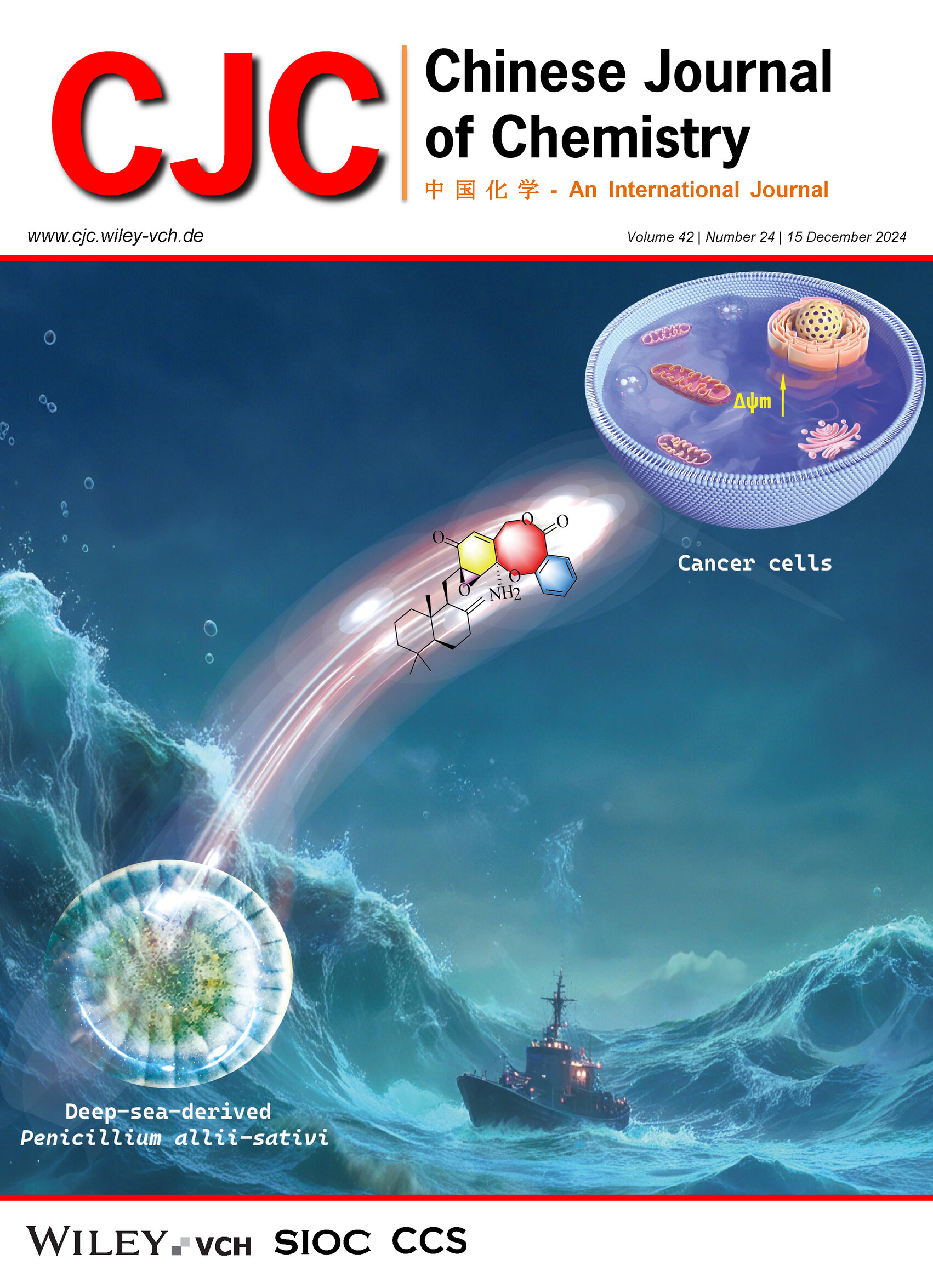
A chemical investigation of the deep-sea-derived fungus Penicillium allii-sativi resulted in the discovery of four new (1—4) and one known (5) meroterpenoids. Compound 3 significantly blocked the mTOR signaling pathway, resulting in the arrest of cell cycle at G0-G1 phase and triggering mitochondrial apoptosis in Hela cells. While macrophorin A effectively triggered cell death in MDA-MB-231 cancer cells by activating apoptosis pathways involving death receptors, mitochondria, mTOR, and TNF. More details are discussed in the article by Yang et al. on pages 3283—3292.
Contents
Comprehensive Report
Free-Radical Polymerization Induced Grafting-to of Polymer Chains onto Aluminum Nanoparticles
- Pages: 3193-3200
- First Published: 26 August 2024

A facile and efficient free-radical polymerization induced grafting-to method for grafting polymer chains onto Al NPs has been developed. By optimizing polymerization conditions, we were able to achieve a polymer brush layer with a weight loss fraction of up to 43.3%. This method is applicable to a broad range of vinyl monomers and photoinduced organocatalyzed atom-transfer-radical polymerization.
Boosting Photogenerated Electrons Transfer from FeVO4 to Peroxymonosulfate via Cu Doping for Stable Degradation of Organic Contaminants
- Pages: 3201-3210
- First Published: 10 September 2024
Concise Report
Skeleton Rearranged and Oxygenated ent-Rosane Diterpenoids with Antiadipogenic Activity from Euphorbia milii
- Pages: 3211-3218
- First Published: 10 September 2024

Euphomillanols A—E (1—5), five oxygenated ent-rosane diterpenoids, were isolated from Euphorbia milii. Compounds 1 and 2 are unprecedented 7/7/6-fused tricyclic 5,10-seco-ent-RDs and possess a unique 11-oxabicyclo[4.4.1]undeca-1(10),5-diene moiety. Compound 3 contains a 1-methyl-6-oxabicyclo[3.2.1]oct-2-ene motif of ring A. All compounds exhibited strong to moderate antiadipogenic effects in 3T3-L1 adipocytes.
Highly Stable Binary Cross-Linkable Organic Nonlinear Optical Materials Using Different Acceptors Based on Huisgen Cycloaddition Reaction
- Pages: 3219-3226
- First Published: 18 September 2024
Enhanced Efficiency of Amide-Substituted Quinuclidine-Boranes as Hydridic Hydrogen Atom Transfer Catalysts for Photoinduced Hydroalkylation of Unactivated Olefins
- Pages: 3227-3233
- First Published: 10 September 2024

An amide-substituted quinuclidine-borane has been identified as a more efficient hydridic hydrogen atom transfer (HAT) catalyst for the hydroalkylation of unactivated olefins under visible light irradiation. Mechanistic studies reveal that the reaction yield correlates well with the association constant between the borane catalyst and the carbonyl substrate.
Simultaneously Optimizing Molecular Stacking and Phase Separation via Solvent-Solid Hybrid Additives Enables Organic Solar Cells with over 19% Efficiency
- Pages: 3234-3242
- First Published: 24 September 2024
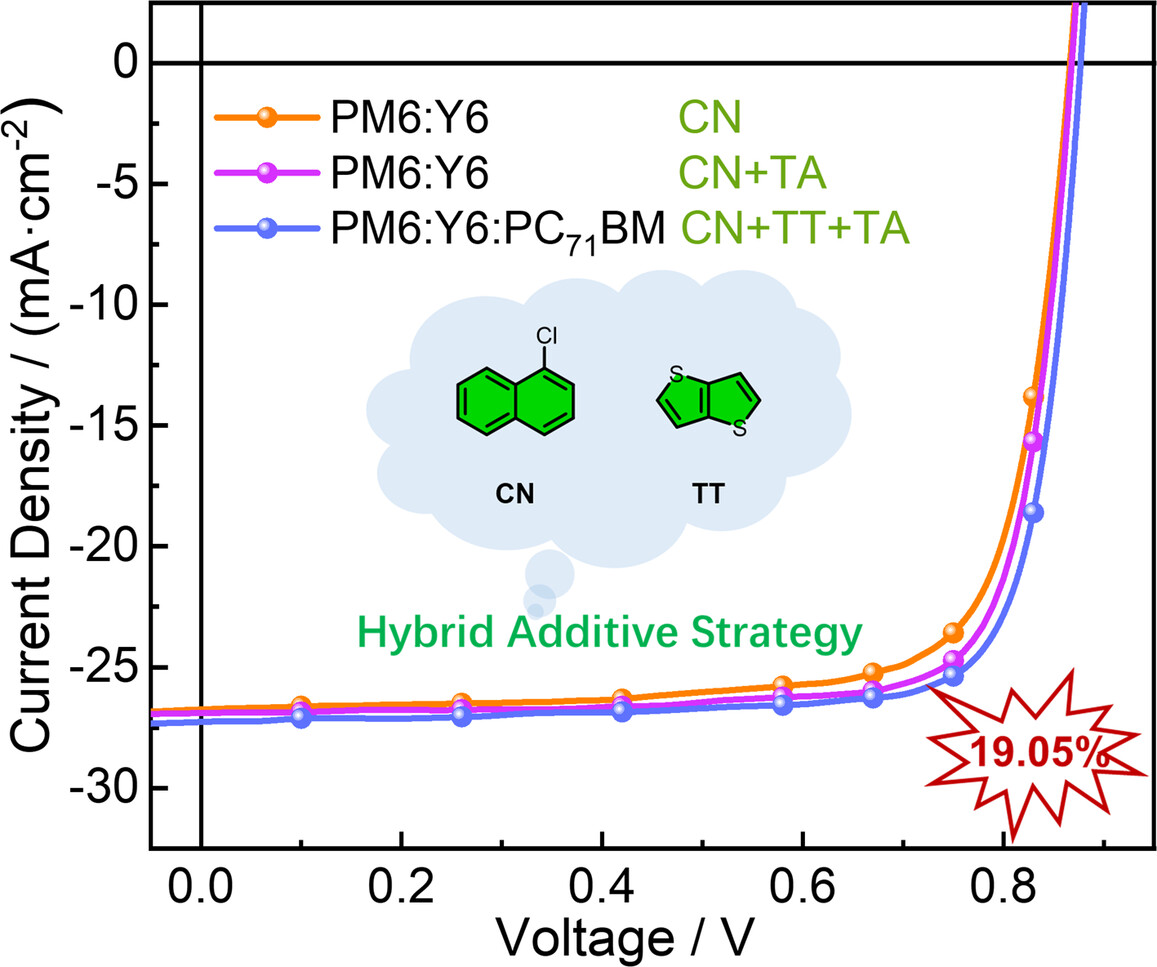
Thieno[3,4-b]thiophene (TT) was employed as the solid additive to synergize with the widely used solvent additive, CN, for fine-tuning the morphological characteristics and the photovoltaic performance of OSCs. The PM6:Y6 based devices treated by the hybrid additive of CN+TT demonstrated an impressing PCE of 18.52%. Furthermore, the PM6:Y6:PC71BM based ternary devices achieved an outstanding PCE of 19.05%.
Visible Light-Promoted Aerobic Oxidation of α-Silyl Styrenes with Alcohols
- Pages: 3243-3247
- First Published: 24 August 2024

A mechanistically distinctive visible-light-promoted metal-free aerobic oxidation of alkenyl silanes with alcohols was disclosed to efficiently construct α-alkoxy ketones under mild conditions. The primary, secondary, and tertiary alcohols could be used as reactants. The protocol could be carried out on a gram-scale. Various derivatizations of products could be conducted. Mechanistic studies indicated the reaction was initiated by single-electron oxidation of the alkenyl silanes, rather than radical addition to alkenyl silanes.
Cobalt-Catalyzed Regioselective Methylative Coupling of Internal Alkynes with Aldehydes/Aldimines
- Pages: 3248-3254
- First Published: 24 August 2024
Rational Design of Multi-color Phosphorescent Carbon Dots Based on Binaphthyldiamine with Chiral Signals
- Pages: 3255-3262
- First Published: 24 August 2024
Synthetic Investigation toward Acyl Group-Free Escin Derivatives
- Pages: 3263-3268
- First Published: 26 August 2024
Amide-Based Morita–Baylis–Hillman Carbonates for Phosphine-Catalyzed Asymmetric (4+2) Annulation
- Pages: 3269-3277
- First Published: 26 August 2024

Chiral phosphine-catalyzed asymmetric (4+2) annulation of the amide-based Morita–Baylis–Hillman (MBH) carbonates with β,γ-unsaturated butenolides has been developed to give enantiomer-enriched bicyclic δ-lactam γ-butyrolactone compounds. In this reaction, the amide-based MBH carbonates were first used as acceptor and aza-C4 synthon in phosphine catalysis.
Cholesterol Decorated Diazocine Gelator with Photo- and Thermo-Responsive Properties for Smart Window
- Pages: 3278-3282
- First Published: 30 August 2024
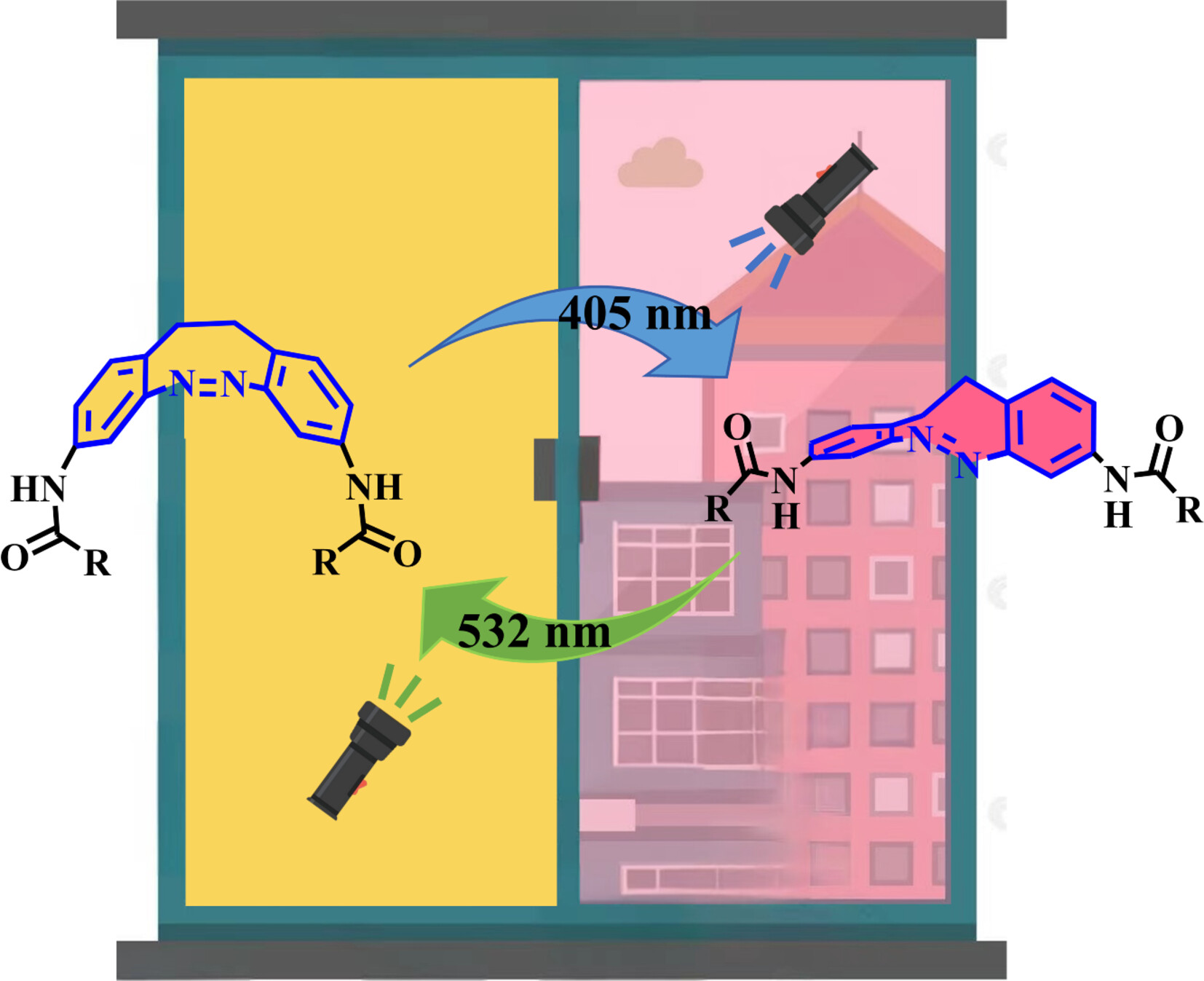
The synthesis, supramolecular gelation ability and stimuli-responsive properties of a new gelator (BAzo-Chol) were reported. The resulted gels exhibited excellent photo-responsive gel-sol transition and remarkable light-induced chromic properties. The distinct changes in colour and transparency of the gel-sol transitions signified the potential applications of BAzo-Chol in smart windows.
Unveiling the Mechanisms of Apoptosis Induction by Deep-Sea-Derived Polyketide-Terpenoid Hybrids from Penicillium allii-sativi: A Focus on Mitochondrial and mTOR Pathways
- Pages: 3283-3292
- First Published: 26 August 2024

Four new meroterpenoids (1—4) were isolated from the deep-sea-derived fungus Penicillium allii-sativi, along with a known derivate (5). These five meroterpenoids and a previously reported co-metabolite (macrophorin A, MPA) were tested for anti-tumor effects. Compounds 3 and MPA showed potent effect in different tumor cells by mitochondrial and mTOR pathways.
Hyperkouytones A—O, New Polyprenylated Acylphloroglucinols from Hypericum kouytchense with Multidrug Resistance Reversal Activity
- Pages: 3293-3307
- First Published: 30 August 2024

Fifteen new polyprenylated acylphloroglucinols (1—15, PPAPs), along with 36 known PPAP derivatives were obtained from Hypericum kouytchense. Compound 1 was a rare PPAP with a fused 6/6/6/5/5 pentacyclic ring system. The primary mechanistic study of compound 34, implied that this compound could prohibit the function of P-gp transport rather than its expression.
Organic Polymer Framework Enhanced PEO-Based Electrolyte for Fast Li+ Migration in All-Solid-State Lithium-ion Batteries
- Pages: 3308-3316
- First Published: 04 September 2024
Redox-Neutral Nickel-Catalyzed Selective Hydroalkynylation of Internal Alkyne and Its Application in Anticancer Agent Discovery
- Pages: 3317-3323
- First Published: 04 September 2024

An unprecedented nickel-catalyzed regioselective hydroalkynylation of unsymmetrical internal alkynes was realized with steric hindered resistance selectivity via the cyano-directing group strategy. Significantly, 1,3-enyne products could be employed in the construction of the complex chemical space, which provided the potential candidate compound 8a in the discovery of innovative anti-tumor drug.
Molecularly Imprinted Porous-Organic Framework with pH-Responsive Adsorption Sites for the Selective Adsorption of Iron
- Pages: 3324-3330
- First Published: 04 September 2024
Macrocyclic Calixpyridinium as a Photoacid for the Construction of Photoresponsive Supramolecular Materials
- Pages: 3331-3336
- First Published: 04 September 2024

This study supplies a generalized strategy to construct synergistic noninvasive photoresponsive instead of no synergistic invasive pH-responsive assembly materials by using water-soluble macrocyclic calixpyridinium as a photoacid. It exhibits many fascinating functions and will greatly expand the application range of photoresponsive sustainable system.
Elevating Latent Fingerprint Visualization: Sebaceous Fingerprint Residues-Responsive Fluorescent Powders for Colour-Changing Visual Enhancement
- Pages: 3337-3342
- First Published: 04 September 2024
Stereoselective Gridization of Ladder-Type Grids with Four Chiral Centers
- Pages: 3343-3348
- First Published: 04 September 2024
pH Independent and Efficient Photocatalytic Systems Enabled by Reaction Interface Microenvironment Regulation†
- Pages: 3349-3354
- First Published: 04 September 2024
Divergent Assembly of Functionalized Pyrazolo[1,5-a]pyridine Derivatives via [3+2] Cyclization of N-Aminopyridinium Salts with Various Unsaturated Hydrocarbons
- Pages: 3355-3361
- First Published: 10 September 2024
![Divergent Assembly of Functionalized Pyrazolo[1,5-a]pyridine Derivatives via [3+2] Cyclization of N-Aminopyridinium Salts with Various Unsaturated Hydrocarbons](/cms/asset/9a2c0a5d-c833-4b17-bded-a7d3fdb89ce9/cjoc202400741-toc-0001-m.jpg)
Two reaction modes for metal-free [3 + 2] cyclization of N-aminopyridinium derivatives with β-alkoxyvinyl trifluoromethylketones have been described through selective C—O or C—O/C—C bond cleavage. This strategy can also be extended to the [3 + 2] cyclization of N-aminopyridinium derivatives with enaminones and bromoalkynes.
Catalytic Asymmetric [4+2] Cyclization of Hydroxyphenyl Indolinone with Azlactone to Construct Spirooxindole δ-Lactone
- Pages: 3362-3366
- First Published: 10 September 2024
Electrochemical Carboarylation of Activated Alkenes with CO2 and Electron-deficient Aryl Bromides
- Pages: 3367-3372
- First Published: 10 September 2024
Photochemical Decarboxylative Radical Alkylation/Cyclization Reaction to Fused Nitrogen Heterocycles by LiI/PPh3 Catalysis
- Pages: 3373-3378
- First Published: 10 September 2024

A visible-light-induced decarboxylative radical cascade cyclization reaction between N-(2-cyanoaryl)-acrylamides and alkyl N-(acyloxy)phthalimide (NHPI esters) for the construction of phenanthridine derivatives has been developed. A series of primary, secondary, and tertiary alkyl-substituted phenanthridines are prepared in up to 82% yield without transition-metal catalysts, chemical oxidants, or metal-/organic dye-based photocatalysts.
Epitaxially Growing 2D RGB Trichromatic Cocrystal Nanomeshes to Trigger Cross-Modulation White Light Emission
- Pages: 3379-3386
- First Published: 18 September 2024

The 2D highly-aligned cocrystal nanomeshes are firstly developed to afford an exceptional RGB trichromatic system through epitaxial growth strategy, triggering cross-modulation white light emission. The transformation from 1D to 2D nanomeshes can be attributed to the regulatory competitive intermolecular interactions, which can be utilized as multicolor inks for promising photonic dynamic recognition, information encryption, and decryption.
Asymmetric Synthesis of Chiral Aliphatic α-Tertiary Aminonitriles via Organocatalytic Isomerization of Cyanoketimines
- Pages: 3387-3392
- First Published: 24 September 2024

The study presents a new synthetic approach to chiral α-tertiary alkyl aminonitriles via catalytic asymmetric isomerization of cyanoketimines. It features a complementary method to the catalytic asymmetric Strecker reaction and umpolung addition of cyanoketimine. The utility of this method was illustrated by the development of a concise enantioselective synthesis of vildagliptin.
Synthesis of Indole-Fused Eight-Membered Oxa-Rings via Palladium-Catalyzed Asymmetric [4+4] Cycloaddition of Indole-2,3-Quinodimethanes with 2-Alkylidenetrimethylene Carbonates
- Pages: 3393-3398
- First Published: 16 September 2024
![Synthesis of Indole-Fused Eight-Membered Oxa-Rings via Palladium-Catalyzed Asymmetric [4+4] Cycloaddition of Indole-2,3-Quinodimethanes with 2-Alkylidenetrimethylene Carbonates](/cms/asset/8bcbf1e4-6c91-4c52-8842-367b941e3de2/cjoc202400764-toc-0001-m.jpg)
The Pd-catalyzed asymmetric [4+4] cycloaddition reaction between 2-alkylidenetrimethylene carbonate and electron-deficient indole-2,3-quinodimethanes (IQDMs) results in the formation of indole-fused eight-membered oxa-rings with high enantioselectivity and excellent yield (up to 98% yield, 95% ee). The practicality of the method is evidenced by the successful gram-scale reaction and efficient product transformation.
Oxidative Alkylarylation of N-Aryl Bicyclobutyl Amides with C(sp3)–H Feedstocks via C(sp3)–H/C(sp2)–H Functionalization
- Pages: 3399-3404
- First Published: 18 September 2024
Chlorinated Polythiophene-Based Donors with Reduced Energy Loss for Organic Solar Cells
- Pages: 3405-3413
- First Published: 28 September 2024
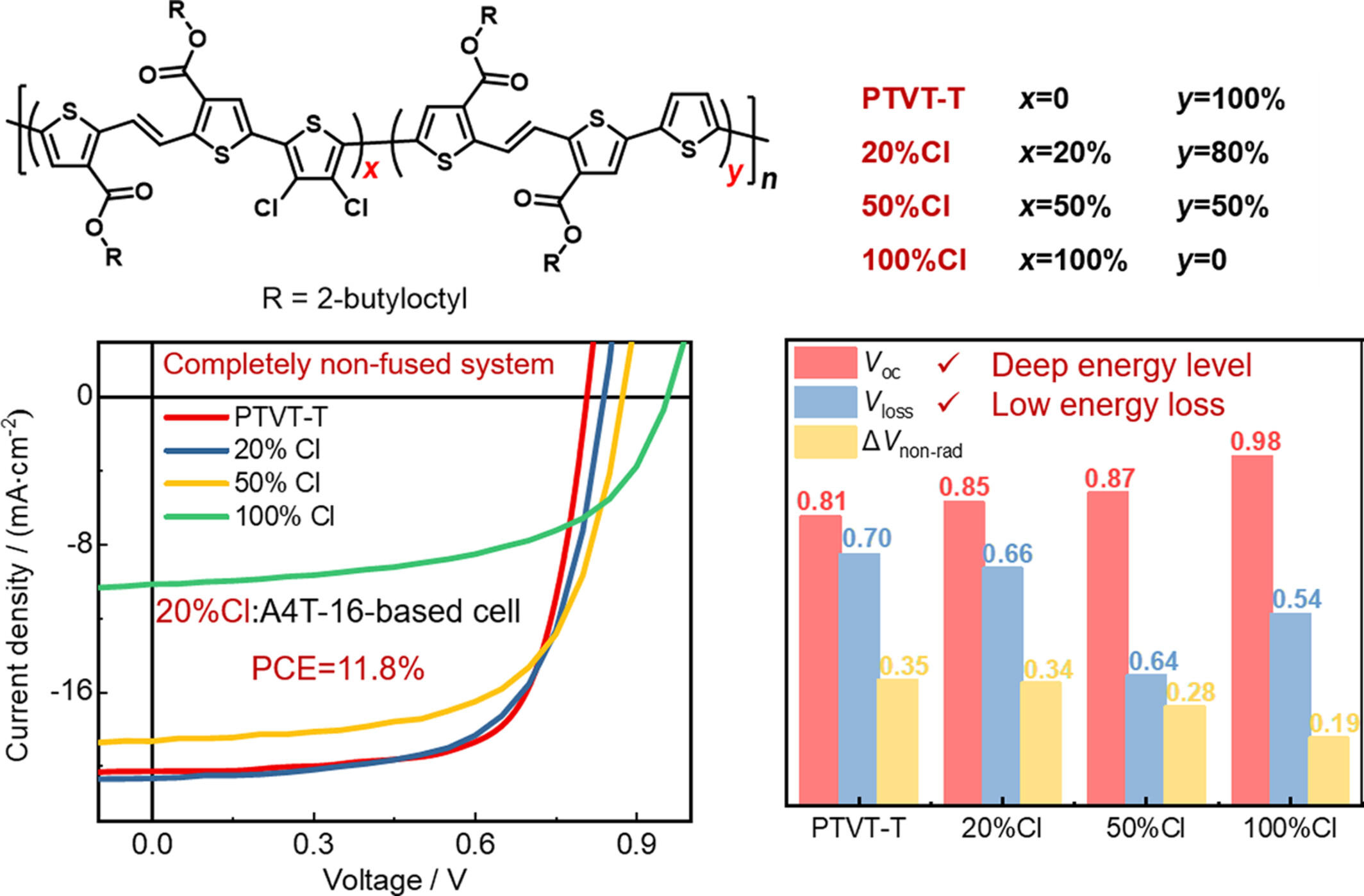
Three copolymer donors, PTVT-T-xCl (where x = 20%, 50%, 100%), were designed and synthesized in this work. As the chlorine content increases, the Voc of PTVT-T-xCl-based OSCs is enhanced, accompanied by progressively reduced non-radiative energy losses. Notably, the OSC comprising a blend of the completely non-fused photovoltaic materials PTVT-T-20%Cl and A4T-16 achieved a remarkable PCE of 11.8%.
Recent Advances
Reduction of Tertiary Carbon Radicals via Asymmetric Hydrogen Atom Transfer (AHAT)
- Pages: 3414-3428
- First Published: 18 September 2024

Asymmetric radical chemistry has attracted considerable interest in recent years, and has become one of the most powerful methods for the synthesis of chiral molecules. This review paper aims to highlight and discuss breakthroughs and recent advances in asymmetric hydrogen atom transfer (AHAT), showcase the great potential of AHAT in asymmetric synthesis, and inspire further developments in this emerging field.
Decarboxylative and Decarbonylative Borylation of Carboxylic Acids and Their Derivatives
- Pages: 3429-3440
- First Published: 18 September 2024
Recent Advances in Urea Electrocatalysis: Applications, Materials and Mechanisms†
- Pages: 3441-3468
- First Published: 26 September 2024
Critical Review
Catalytic Cycloaddition Reactions of Ynol and Thioynol Ethers
- Pages: 3469-3483
- First Published: 25 September 2024
Catalytic Selective Functionalization of Poly(organoborons)
- Pages: 3484-3498
- First Published: 28 September 2024
Transition-Metal-Mediated Fluoroalkylation of Carbon Electrophiles through Cross-Electrophile Couplings
- Pages: 3499-3517
- First Published: 01 October 2024
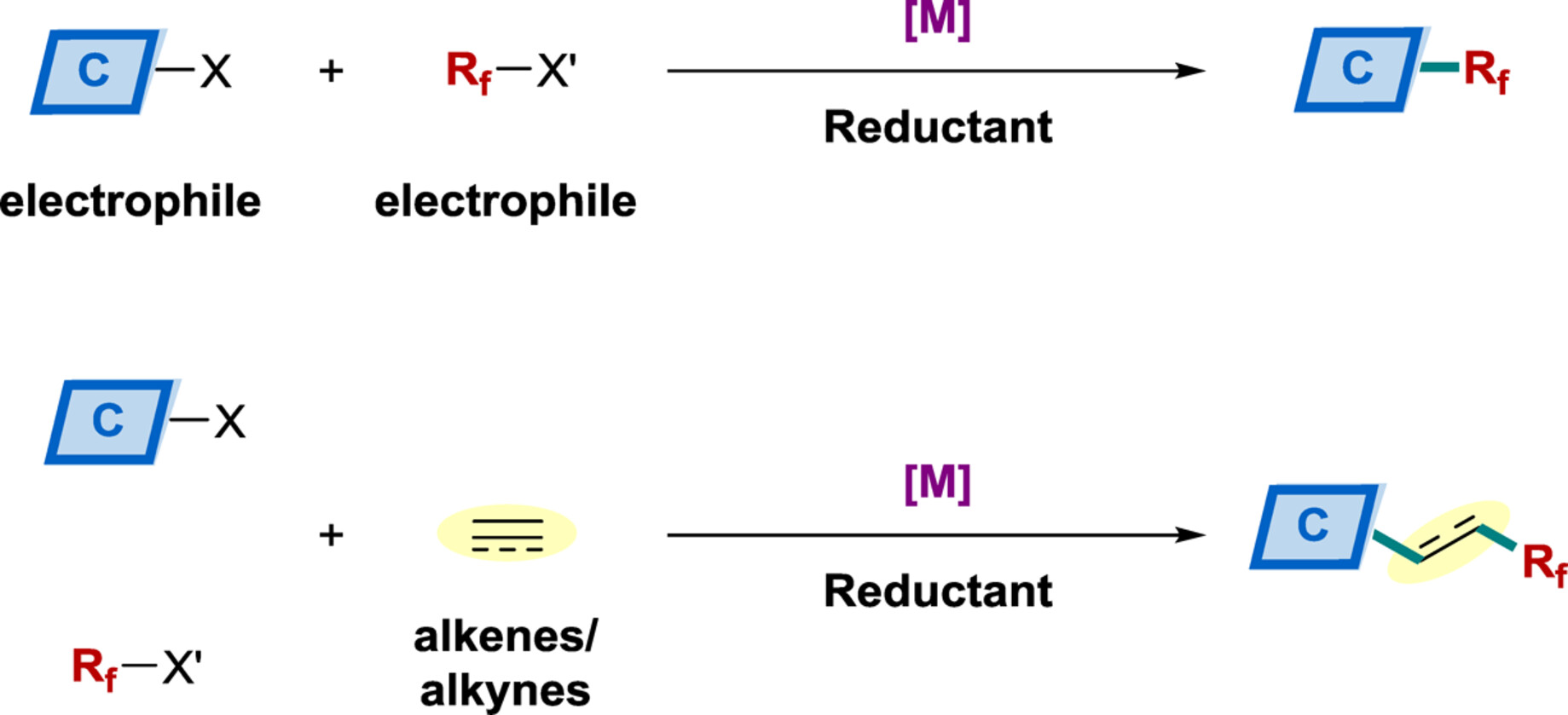
Transition-metal-mediated cross-electrophile coupling between carbon electrophiles and fluoroalkyl electrophiles has emerged as a straightforward and efficient route for the synthesis of a wide range of fluoroalkylated compounds. Moreover, alkenes or alkynes-involved three-component cross-electrophile couplings provide rapid and effective access to carbonfunctionalized fluoroalkylated alkanes and alkenes.
Cross-Electrophile Couplings (XECs) between Similar Electrophile Reagents
- Pages: 3518-3532
- First Published: 01 November 2024
Electrolyte Effects in Electrocatalytic Kinetics
- Pages: 3533-3552
- First Published: 01 November 2024

Tuning electrolyte properties is a well-established strategy to improve electrocatalytic activity and selectivity, though debates continue regarding the impact of different electrolyte components on reactions. This review briefly examines these discussions and explores the kinetic modeling of solvent effects, aiming to establish a strong correlation between electrolyte structure and reactivity.
Emerging Topic
Repurposing Naturally Occurring Enzymes Using Visible Light
- Pages: 3553-3558
- First Published: 04 November 2024
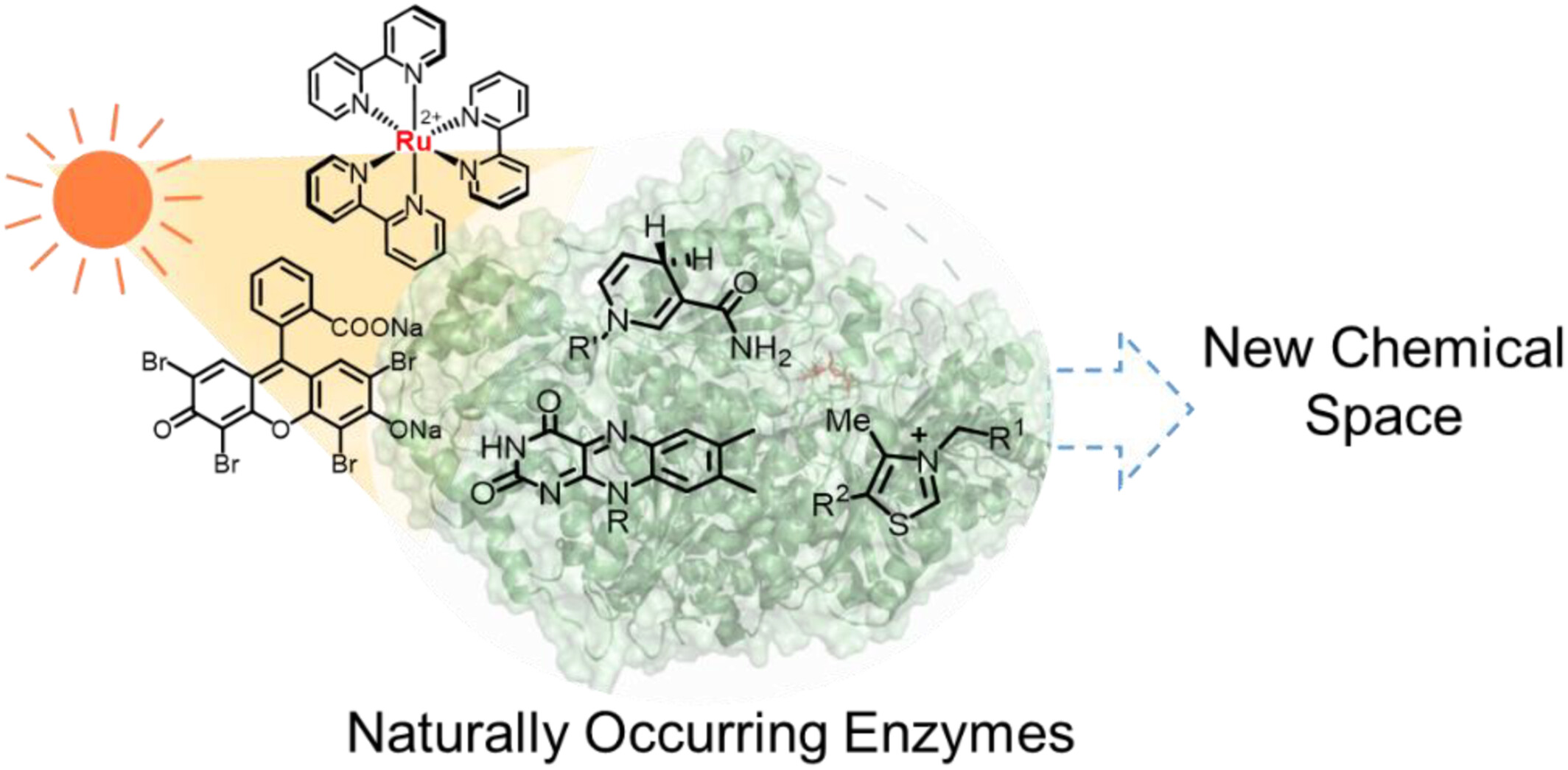
Repurposing naturally occurring enzymes with visible light represents one of the most exciting avenues for developing new enzyme reactivity. This Emerging Topic highlights seminal work in reshaping various classes of enzymes, categorized under three mechanistic scenarios: excitation of enzymatic EDA complexes, visible-light excitation of flavoproteins, and synergistic dual photo-enzyme catalysis.
Comprehensive Report
Efficient All-Polymer Solar Cells Enabled by a Novel Medium Bandgap Guest Acceptor
- Pages: 3559-3566
- First Published: 04 November 2024
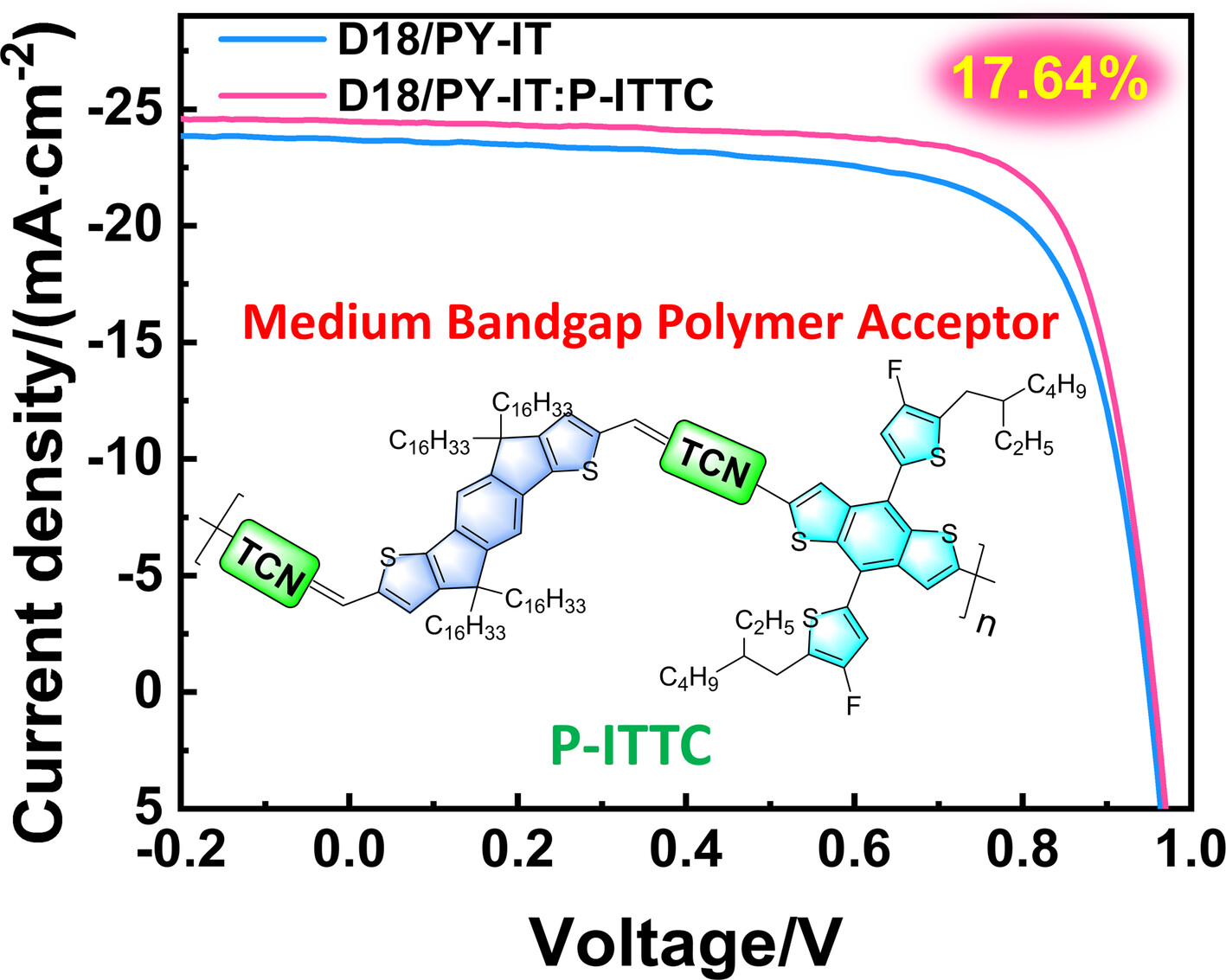
A medium bandgap polymer acceptor (P-ITTC) as guest was developed, showing a complementary absorption and matched energy levels with NIR-absorbing binary host. The P-ITTC-based ternary all-PSCs achieved a high efficiency of 17.64% and a high photovoltage of 0.96 V, both of which are among the highest values in LBL-type all-PSCs.
Structurally Diverse Limonoids from Trichilia connaroides and Their Antitumor Activities
- Pages: 3567-3580
- First Published: 04 November 2024
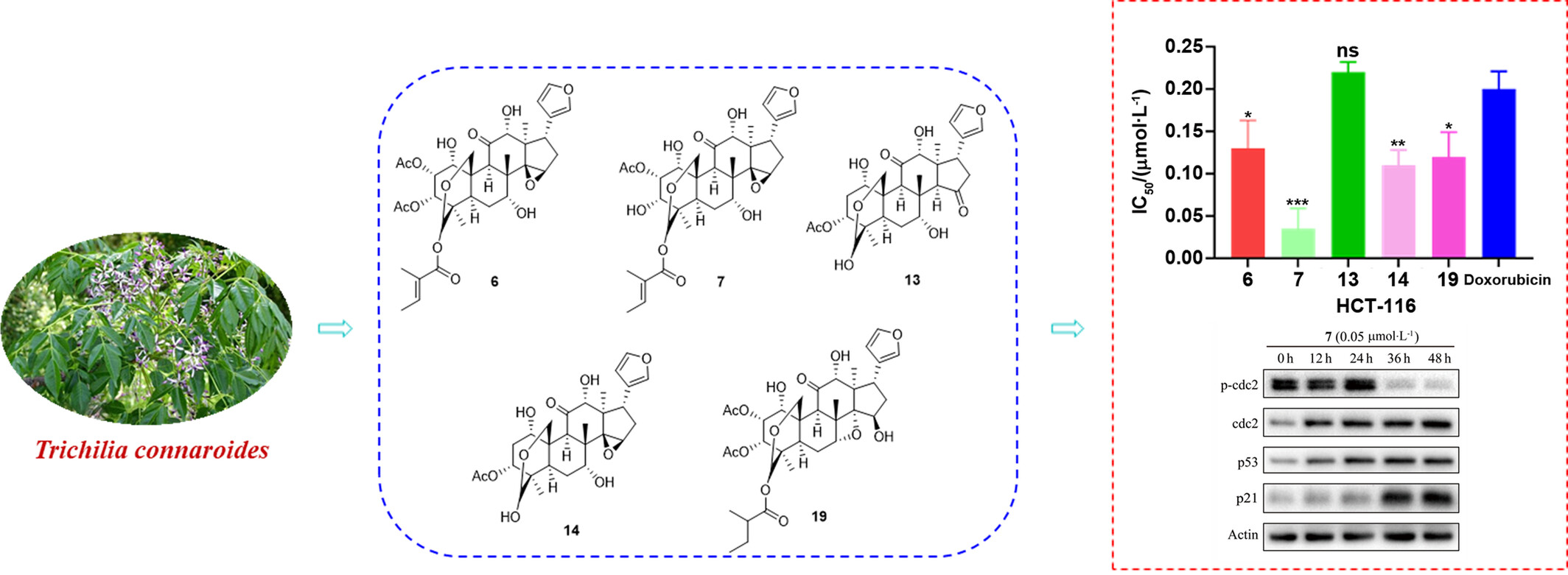
Twelve new limonoids, trichilitins A—L (1—12), together with ten reported congeners (13—22) were isolated from Trichilia connaroides. Compounds 6, 7, 13, 14, and 19 exhibited significant cytotoxic effects, especially 7 exhibited significant cytotoxic effects against HCT-116 with an IC50 value of 0.035 μmol·L–1 and induced cell cycle arrest by promoting the expression levels of p53 and p21.
Volatile Additive Assists Binary Layer-by-Layer Solution Processing Organic Solar Cells to Achieve 19% Efficiency
- Pages: 3581-3587
- First Published: 04 November 2024
Recent Advances
Enantioselective Borylative Functionalization of Internal Alkenes: A Platform for Constructing Vicinal Stereocenters
- Pages: 3588-3604
- First Published: 01 November 2024

Vicinal stereogenic centers are common scaffolds in organic synthesis, yet their construction with precise control over both absolute and relative stereochemistry presents significant challenges. Transition metal-catalyzed enantioselective borylative functionalization of internal alkenes offers a powerful platform for generating vicinal stereogenic centers. This review highlights recent advancements in this field.
Catalytic Enantioselective Functionalization of Maleimides: An Update
- Pages: 3605-3622
- First Published: 13 November 2024

Maleimides are multisite-reactive scaffolds that have stimulated a growing interest in the field of synthetic organic chemistry. The present review covers the utilization of maleimides as electrophilic partners and pro-nucleophilic partners in metal-catalyzed or organocatalyzed functionalizations with the control of either central and/or axial chirality.
Meet Our New Associate Editor
Meet Our New Editorial Board Members of Spotlights
Meet Our New Editorial Board Members of Spotlights
- Pages: 3624-3626
- First Published: 15 November 2024
Author Index to Volume 42, 2024
Inside Back Cover
Inside Back Cover
- Page: 3639
- First Published: 15 November 2024
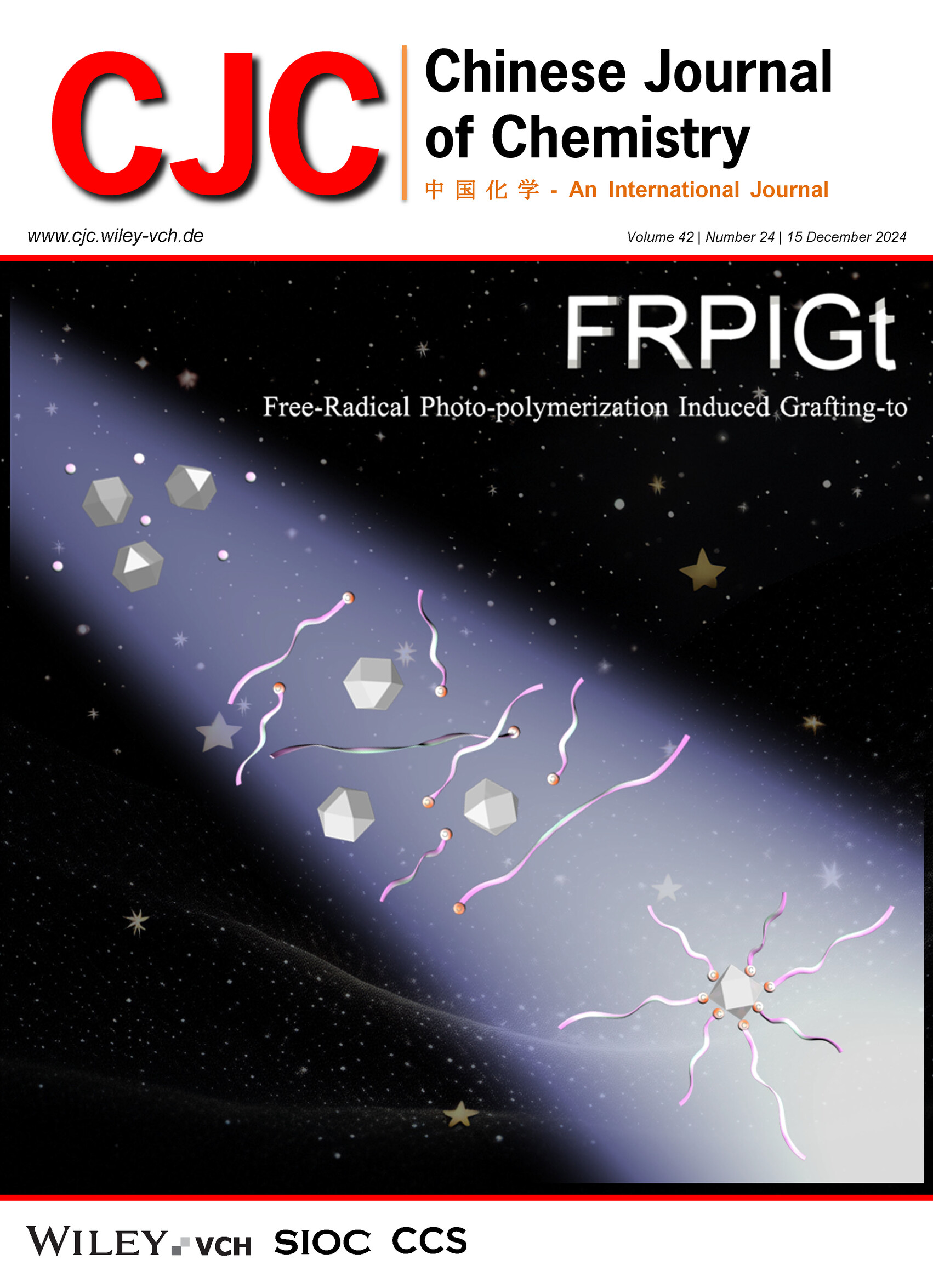
Aluminum nanoparticles have significant potential applications in various fields due to their unique LSPR. A facile and efficient free-radical polymerization induced grafting-to (FRPIGt) method for grafting polymer chains onto Al NPs by Al—C bonds has been reported. This method paves a new path for the preparation of a wide range of polymer-functionalized Al NPs and their polymer composites to be utilized in various fields. More details are discussed in the article by Liu et al. on pages 3193—3200.
Back Cover
Back Cover
- Page: 3640
- First Published: 15 November 2024
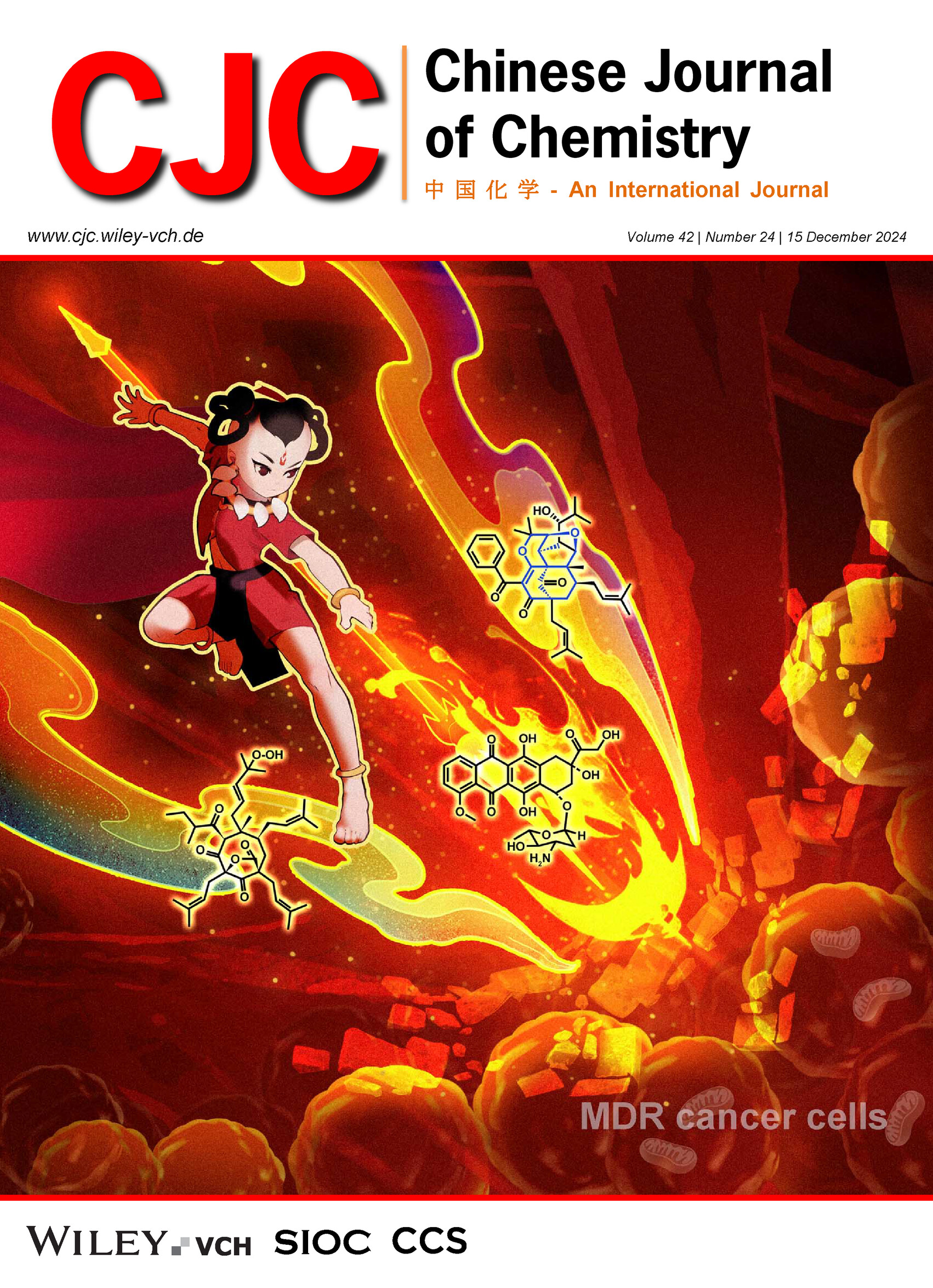
In this picture, the Chinese classical mythic figure Red Boy, holding a red tasseled gun (adriamycin), is attacking a lots of monster (live balls, multidrug resistance cancer cells) with the help of the Samadhi fire (polycyclic polyprenylated acylphloroglucinols, PPAPs). This indicates that PPAPs along with adriamycin show good cytotoxic activity on multidrug resistance cancer cells. More details are discussed in the article by Yuan et al. on pages 3293—3307.




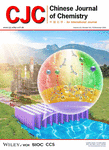
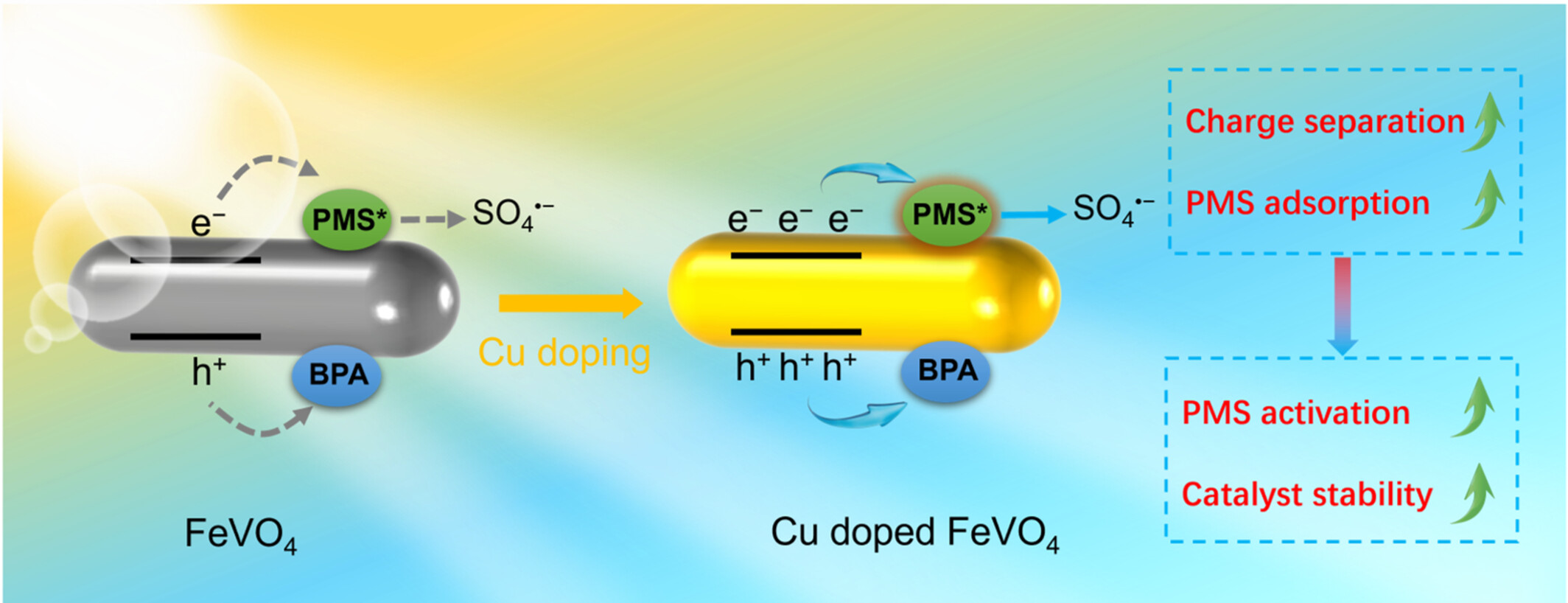
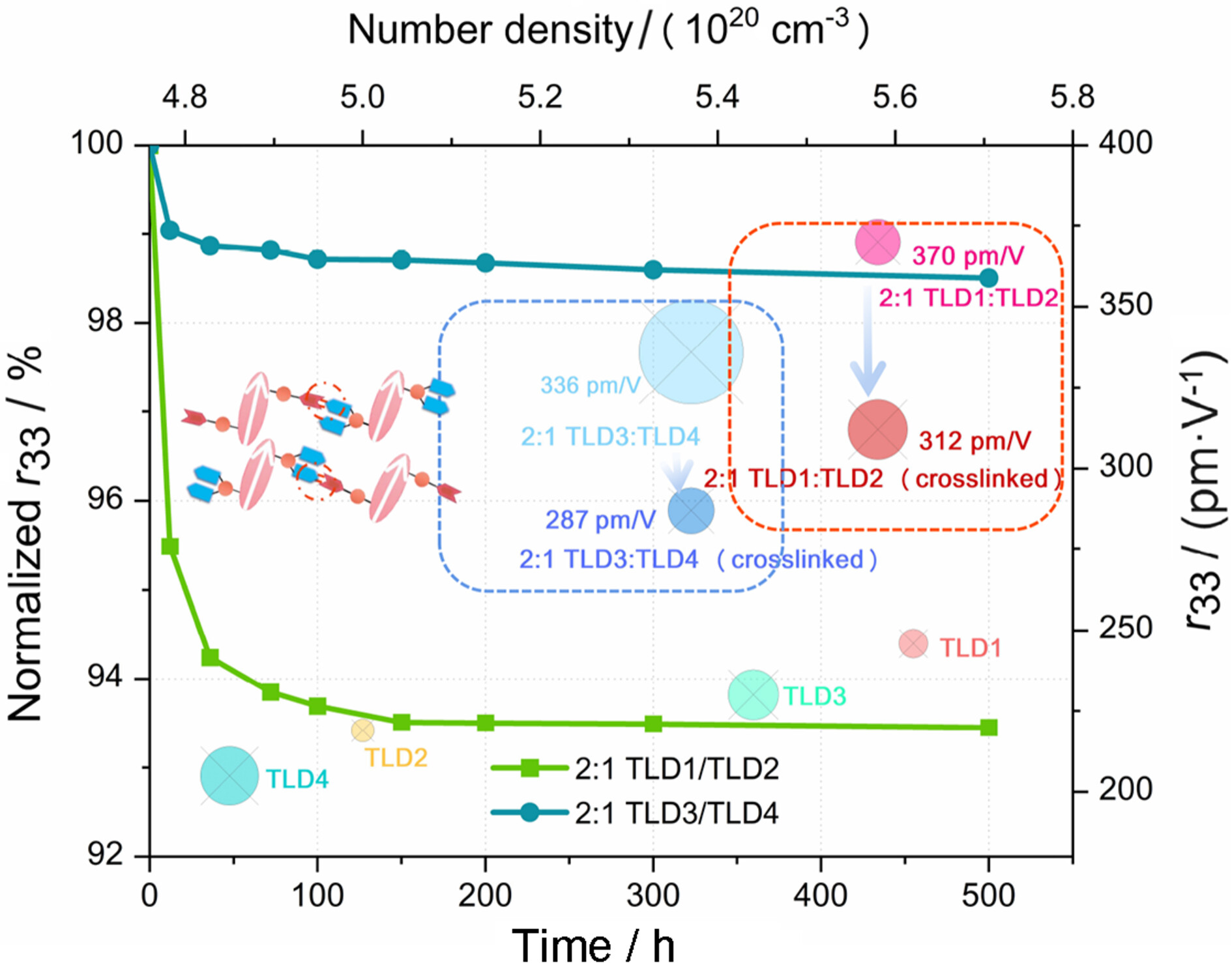


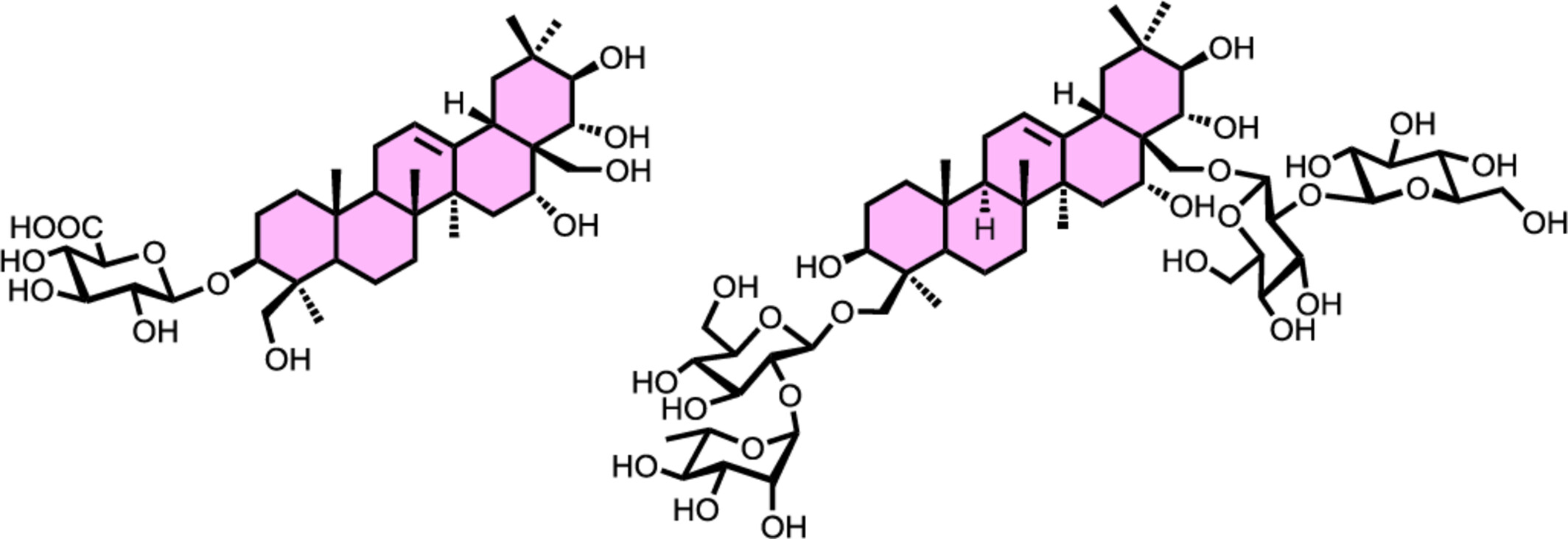
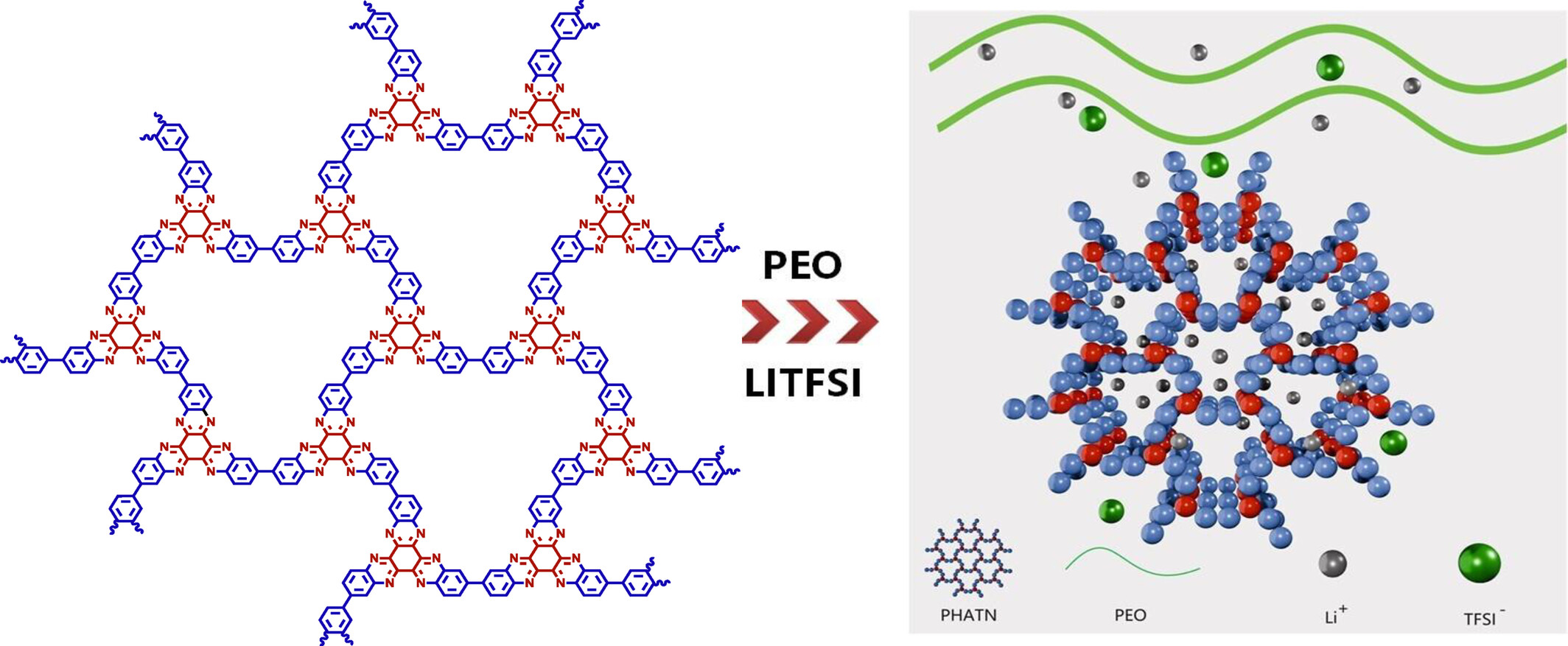
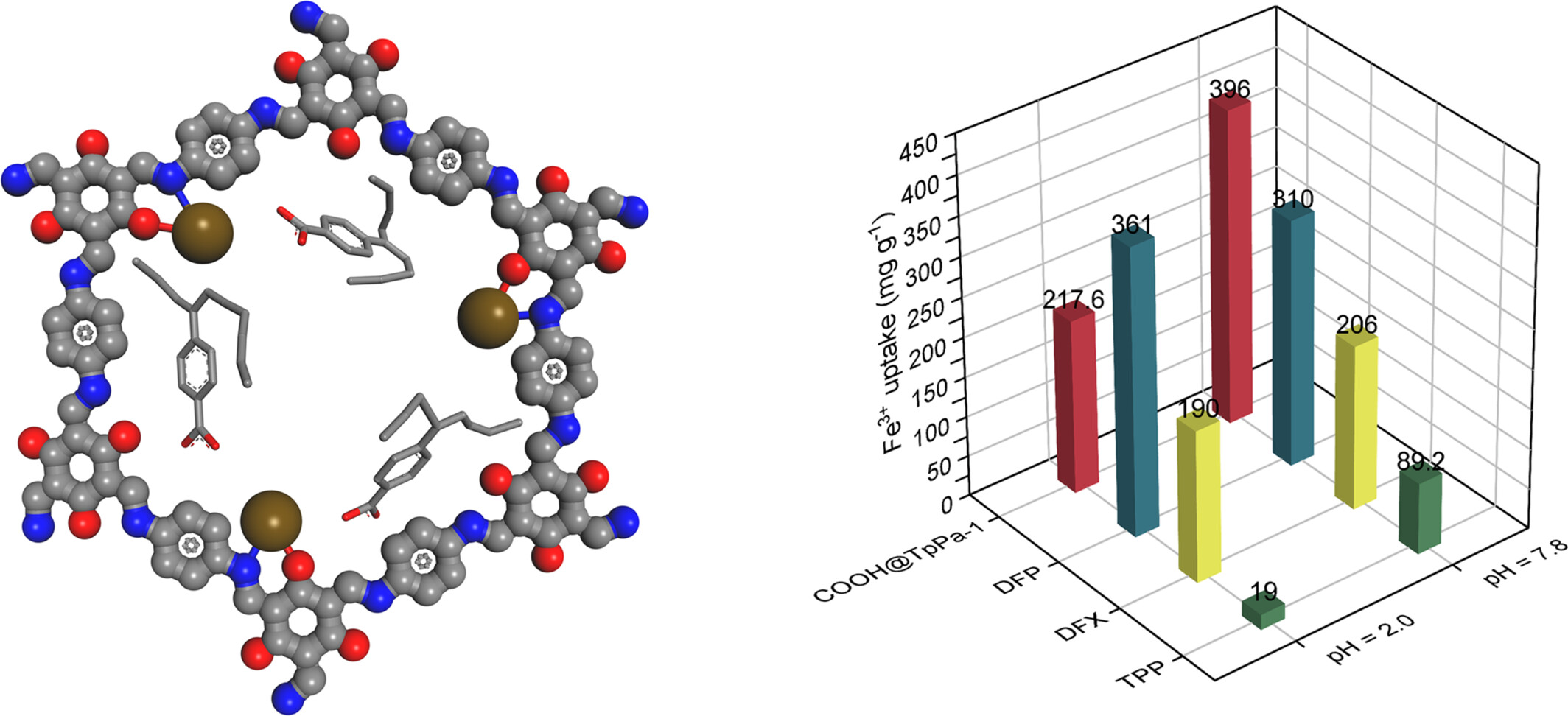

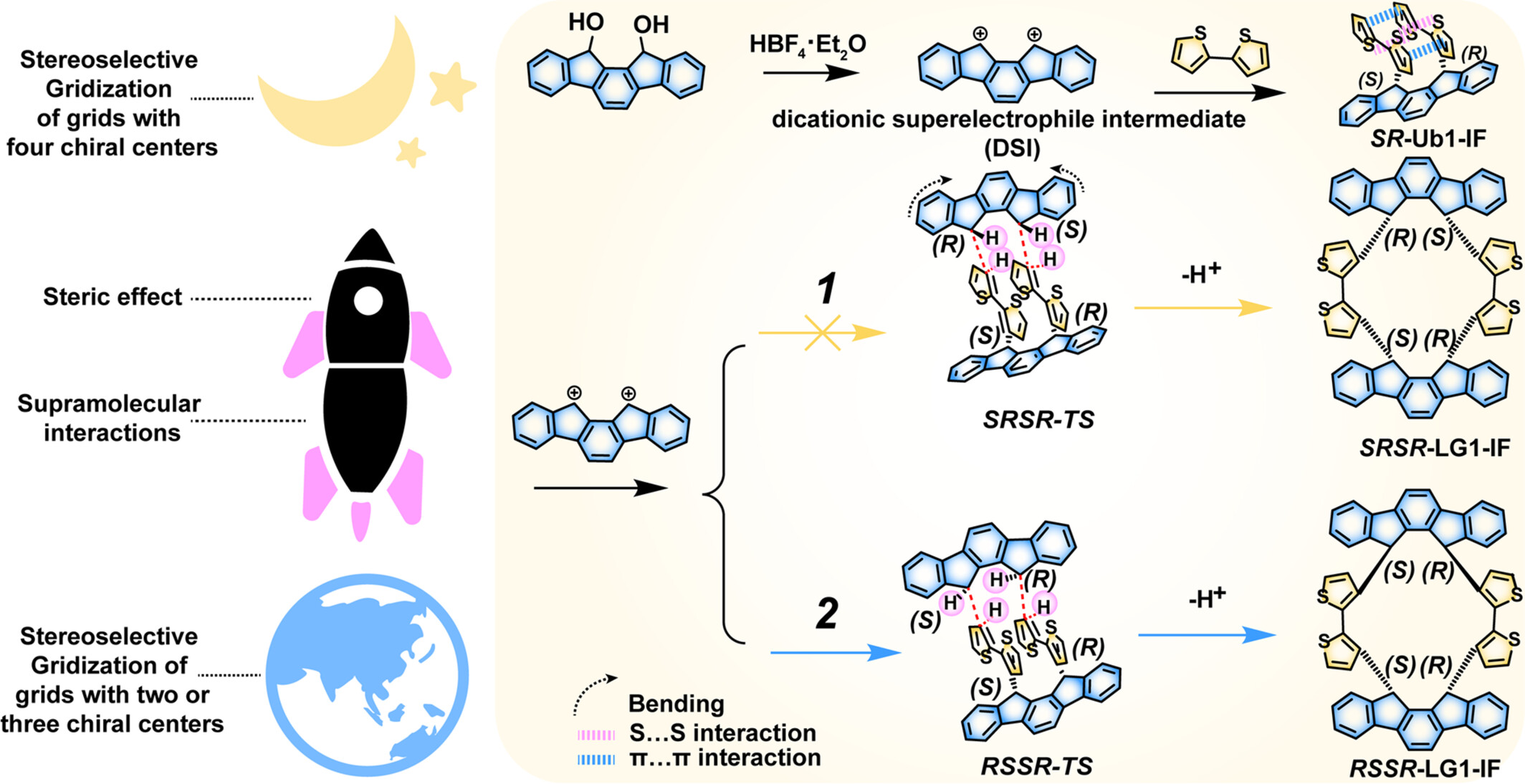

![Catalytic Asymmetric [4+2] Cyclization of Hydroxyphenyl Indolinone with Azlactone to Construct Spirooxindole δ-Lactone](/cms/asset/f55530bc-d58d-4d91-bb47-c81893833833/cjoc202400777-toc-0001-m.jpg)

